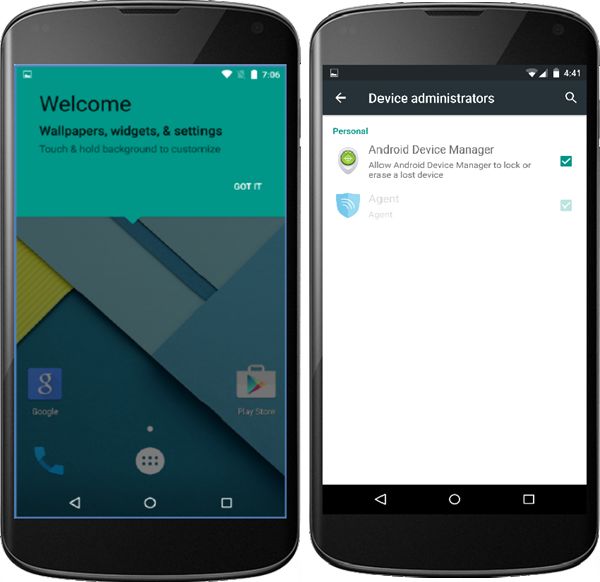

The versioning infrastructure is not visible to the users of the database, and application SQL statements for selecting, inserting, modifying, and deleting data continue to work in the usual way with version-enabled tables, although you cannot update a primary key column value in a version-enabled table. When a table is version-enabled, all rows in the table can support multiple versions of the data. Workspace Manager lets you version-enable one or more user tables in the database. However, you may want to read the rest of this chapter first, to understand the concepts that the examples illustrate. Section 1.17, "Simplified Examples Using Workspace Manager"įor complete examples of Workspace Manager, see Section 1.17. Section 1.16, "DBMS_WM Subprogram Categories" Section 1.13, "Materialized View Support" Section 1.12, "Support for Table Synonyms" Section 1.11, "Virtual Private Database Considerations" Section 1.10, "Triggers on Version-Enabled Tables" Section 1.9, "Constraint Support with Workspace Manager" Section 1.8, "DDL Operations Related to Version-Enabled Tables"

Section 1.7, "Bulk Loading into Version-Enabled Tables" Section 1.6, "Import and Export Considerations" Section 1.5, "System Parameters for Workspace Manager" Section 1.4, "Privilege Management with Workspace Manager" Section 1.3, "Lock Management with Workspace Manager" Section 1.2, "Session Context Information for Workspace Manager" Section 1.1, "Workspace Manager Overview" It contains the following major sections: This chapter explains concepts and operations that you must understand to use Workspace Manager. Workspace Manager is also useful in managing long-transaction scenarios, where complex, long-duration database transactions can take days to complete, and multiple users must access the same database. A typical example might be a land information management application where Workspace Manager supports regulatory requirements by maintaining a history of all changes to land parcels. You can roll back changes to a row or table in a workspace to a milestone. Workspace Manager lets you navigate workspaces and row versions to view the database as of a particular milestone or point in time. A typical example might be a telecommunications application that lets you create multiple cell phone coverage scenarios to find the optimal design. It lets different users make simultaneous changes to the same row, and it lets you detect and resolve conflicts. Workspace Manager lets you organize changes in workspaces to view them in the context of the whole database, but without requiring that you actually copy data between tables. Use a common data set to create multiple scenarios for what-if analyses or multiple editions of data for publication A typical example might be an application to design an engineering project, in which multiple subprojects are concurrently developed in separate workspaces. Workspace locks prevent update conflicts between projects in separate workspaces. Workspace privileges control access to a workspace and its operations, and you can restrict workspace access to single-writer, read-only, or no access. Workspace Manager lets a team share access to a collection of updates and insertions for a collaborative project. Support a collaborative development effort A typical example might be a life sciences application in which Workspace Manager supports the discovery and quality assurance (QA) processes by managing a collection of updates before they are merged with the production data. You can organize the changes in a simple set of workspaces or in a complex workspace hierarchy. Until you make the changes public, they are invisible to other users of the database, who will access only the regular production data. Workspace Manager lets you review changes and roll back undesirable ones before making the changes public. Manage a collection of updates and insertions as a unit before incorporating them into production data The ongoing results of the activity are stored persistently, assuring concurrency and consistency.Īpplications that can benefit from Workspace Manager typically do one or more of the following operations: Users are permitted to create new versions of data to update, while maintaining a copy of the old data. Oracle Workspace Manager, often referred to as Workspace Manager, provides an infrastructure that lets applications conveniently create workspaces and group different versions of table row values in different workspaces. 10/22 1 Introduction to Workspace Manager


 0 kommentar(er)
0 kommentar(er)
